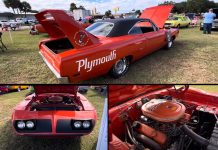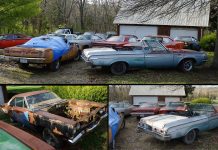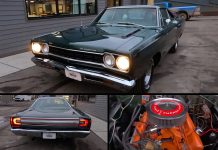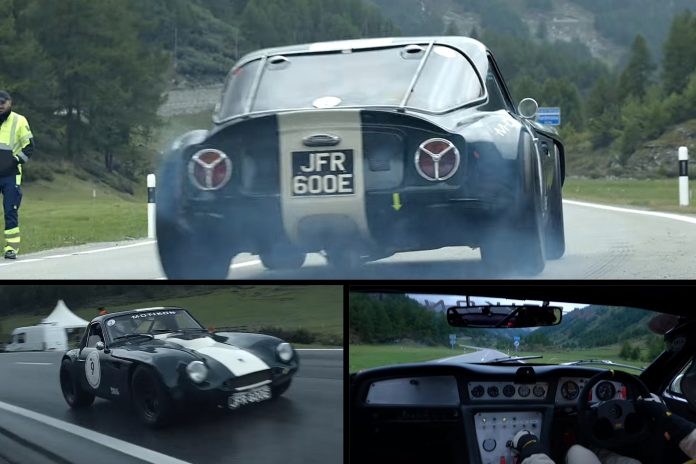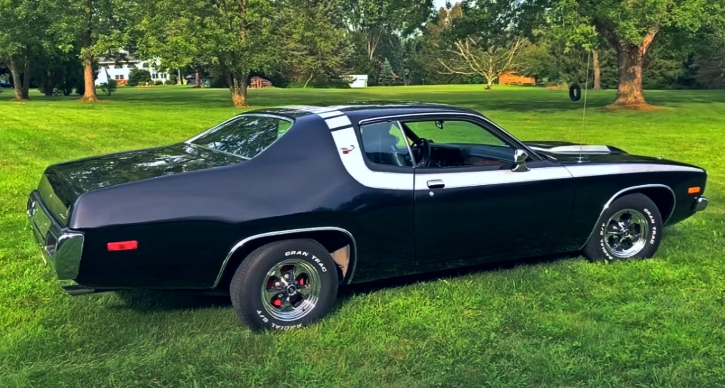Established in 1946, TVR faced a tumultuous history marked by numerous changes in ownership. Fast forward to 2023, the company finds itself in a predicament, having failed to deliver the promised new-generation Griffith in 2017. Amidst this uncertainty, TVR’s history is punctuated by a handful of remarkable vehicles, and one such gem is the original Griffith.

The Overlooked 1960s Griffith
Not to be confused with the first-generation Griffith launched by TVR in 1990, an even older Griffith exists, dating back to the 1960s. This vehicle, crafted in limited units, stands as one of the rarest TVRs ever produced. However, it’s not officially recognized as the first generation of the Griffith nameplate.

The 1960s Griffith is the brainchild of Jack Griffith, an individual with a vision for a V8-powered TVR capable of outperforming the iconic Shelby Cobra. Facing challenges with a Ford V8 transplant into a Grantura, Griffith approached TVR to provide modified chassis sans engines and transmissions.

In 1965, Griffith received the first chassis and outfitted them with small-block Ford V8 engines. The resulting Series 200 boasted two 289-cubic-inch (4.7-liter) mills, delivering 195 and 271 horsepower respectively. The latter, with the potent HiPo K-code, made the Griffith 200 exceptionally fast but notoriously challenging to handle. Only 192 units were manufactured before Griffith transitioned to the Series 400.
The Rise and Fall of the Series 400
The Griffith 400, standardly equipped with the 289 HiPo V8, featured enhanced cooling and a state-of-the-art wishbone suspension. Despite a power-to-weight ratio surpassing the Shelby Cobra, the Series 400 failed to establish itself as a formidable competitor. A dock strike on the east coast disrupted the supply chain, leading to the dissolution of the Griffith Motor Company after a mere 59 Series 400 cars were built.

Over 50 years have passed since these spectacular sports cars rolled off the assembly line in Long Island, New York. Surprisingly, some of these vintage vehicles continue to operate and participate in classic car events. Recently, one such car was spotted at a hillclimb event in Switzerland, showcasing not only a well-preserved appearance but also an impressive performance.


For enthusiasts of these short-wheelbase monsters, witnessing a 1960s Griffith in action is a treat. One such moment was captured at a hillclimb event, where the car not only retained its original charm but also demonstrated its prowess with a distinct and powerful engine roar.
# FAQs
## FAQ 1: Why isn’t the 1960s Griffith considered the first generation?
The 1960s Griffith, although a predecessor, is not officially recognized as the first generation of the Griffith nameplate. This is due to its unique origin as a modified Grantura put together in the United States.
## FAQ 2: Why did the Series 400 face challenges as a competitor to the Shelby Cobra?
A prolonged dock strike on the entire east coast disrupted the supply chain of bodies and chassis from the United Kingdom, hindering the Series 400’s production. This, coupled with its short wheelbase and powerful engine, contributed to its limited success as a competitor to the Shelby Cobra.
## FAQ 3: Are there any 1960s Griffith cars still in operation?
Surprisingly, yes. Even after more than 50 years, some of these vintage sports cars are still running and participating in classic car events, showcasing their enduring appeal and robust engineering.



